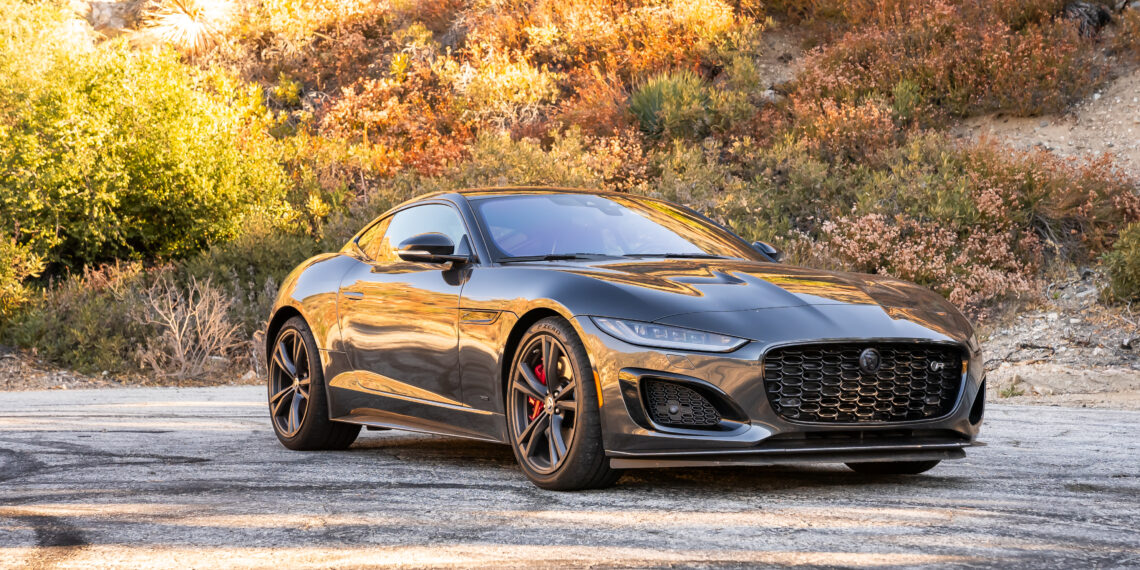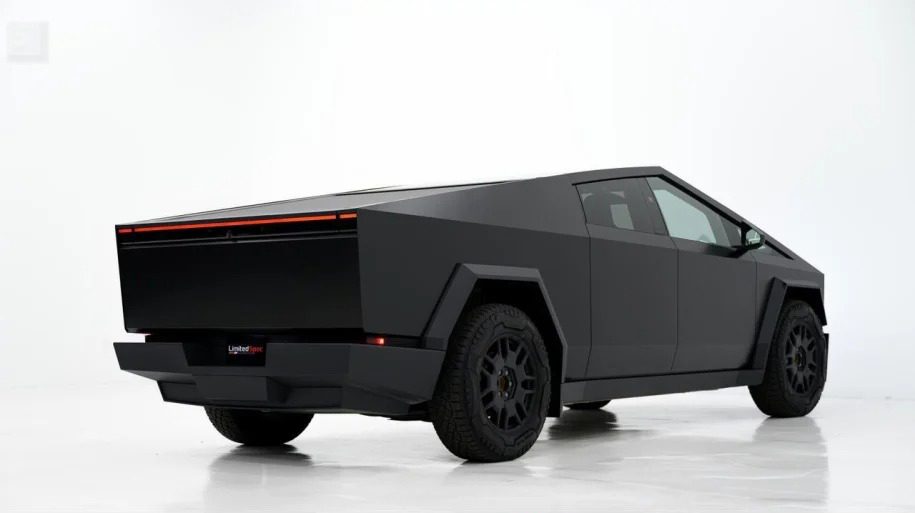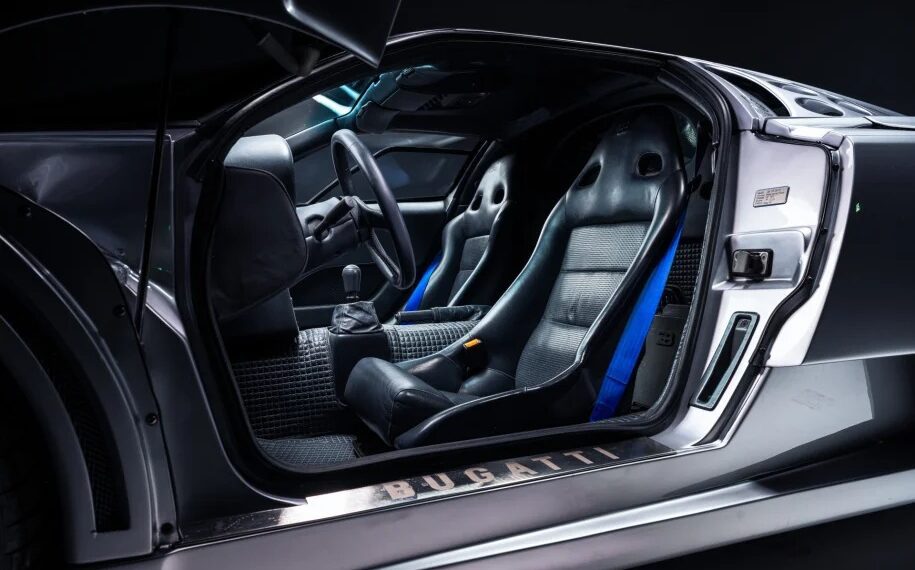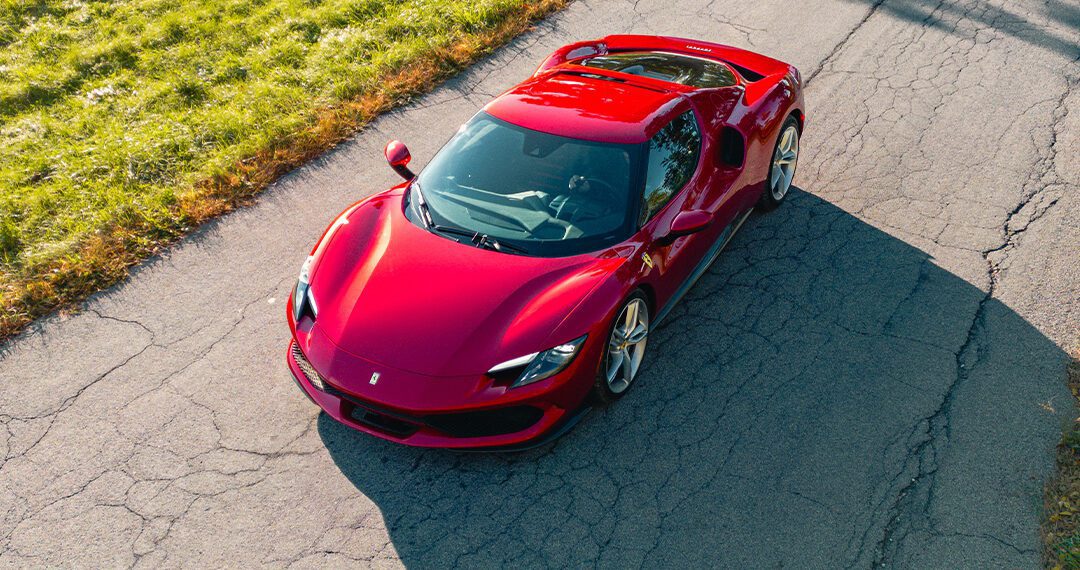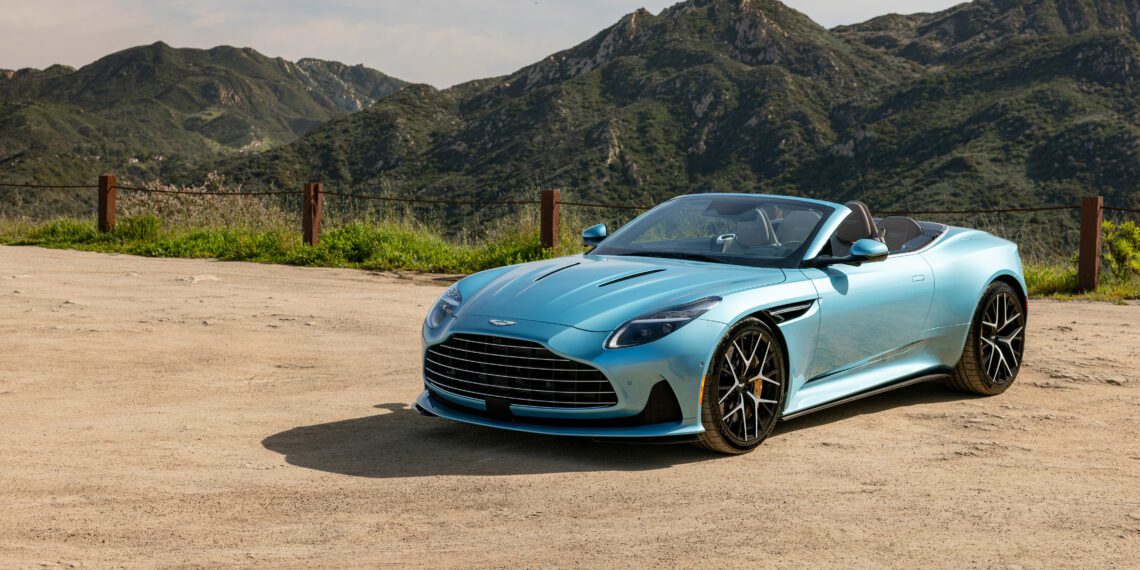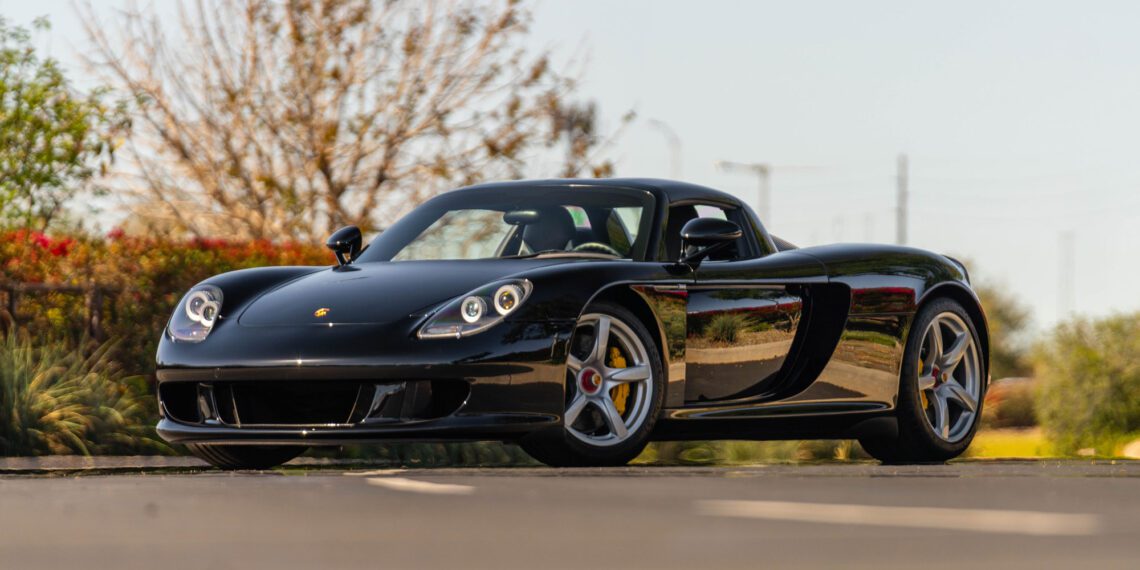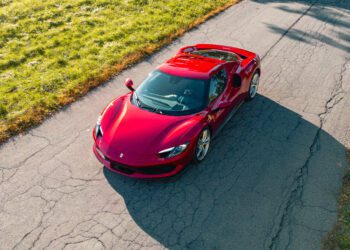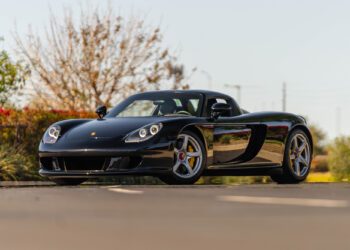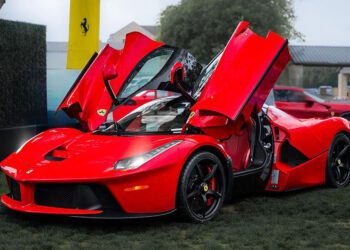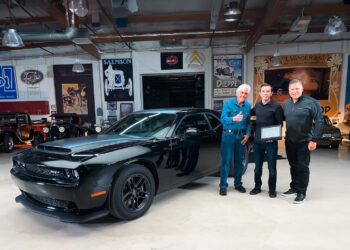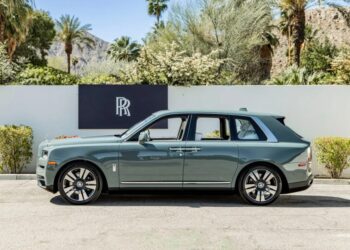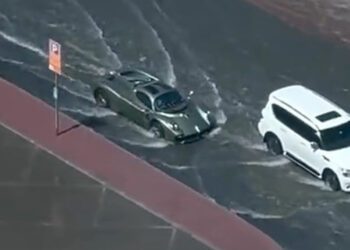Latest Exotic And Luxury Car News
Ferrari of San Antonio Displays Off A Red-on-Red LaFerrari
A modern Ferrari legend is celebrated and showcased. Ferrari is known for having made some of the world’s most iconic,...
Read moreDodge Does Right After A Veteran’s SRT Demon 170 Was Sold While Deployed On Duty
A nightmare at the dealer turns to delivery day at Jay Leno's Garage! Imagine walking into a dealership to buy...
Read moreMercedes-Benz SLR McLaren: Own A Legendary Supercar Collaboration
You can own the convergence of two automotive greats. When Mercedes-Benz and McLaren came together 20 years ago to create...
Read moreThe Porsche Exchange Trailers A 911 Dakar With A Matching Martini Truck
This new Porsche icon gets transported in style. The Porsche 911 Dakar marks the beginning of a new era for...
Read morePaint-to-Sample Gulf Blue 2024 Porsche 718 Spyder RS For Sale
First crack at one of Porsche's newest addition to the RS fleet. Still making its rather recent introduction into Porsche's elite family...
Read morePower Play: Expensive Cars Deserve Expensive Upgrades
A certain breed of car enthusiast will spend a lifetime poring over the minutia of the perfect spec: paint finishes, cloth patterns,...
Read moreReview: The 2024 Jaguar F-Type R75 AWD
No other car lives rent-free in the minds of automakers like the Porsche 911. Logic tells us that, by and...
Read more2024 Rolls-Royce Cullinan: Own The Iconic Ultra-Luxe SUV
This incredibly luxurious SUV boasts comfort, style, and craftsmanship in spades. Rolls-Royce shook the SUV world when it introduced the...
Read moreBMW Displays The XM In BMW Individual Colors At Coachella
BMW brings an extra dose of color to Coachella. Coachella is one of the most anticipated events of the year...
Read moreWatch This $2.5M Pagani Utopia Drive Through The Flooded Streets Of Dubai
Taking a Pagani Utopia where its never been before...underwater! When it comes to ultra-exclusive, multi-million dollar hypercars, owners and collectors often...
Read moreUpgrade Your Style With These Luxury Accessories For Sale
Luxury is in the details, which is why accessories matter. Check out some of the best luxury accessories for sale...
Read moreFuture EV Haulers: The Best Tesla Cyberbeasts & Cybertrucks For Sale Today
Tesla Cybertrucks are finally here and we have them! With much anticipation and excitement, the Tesla Cybertruck and Cyberbeast have...
Read more
